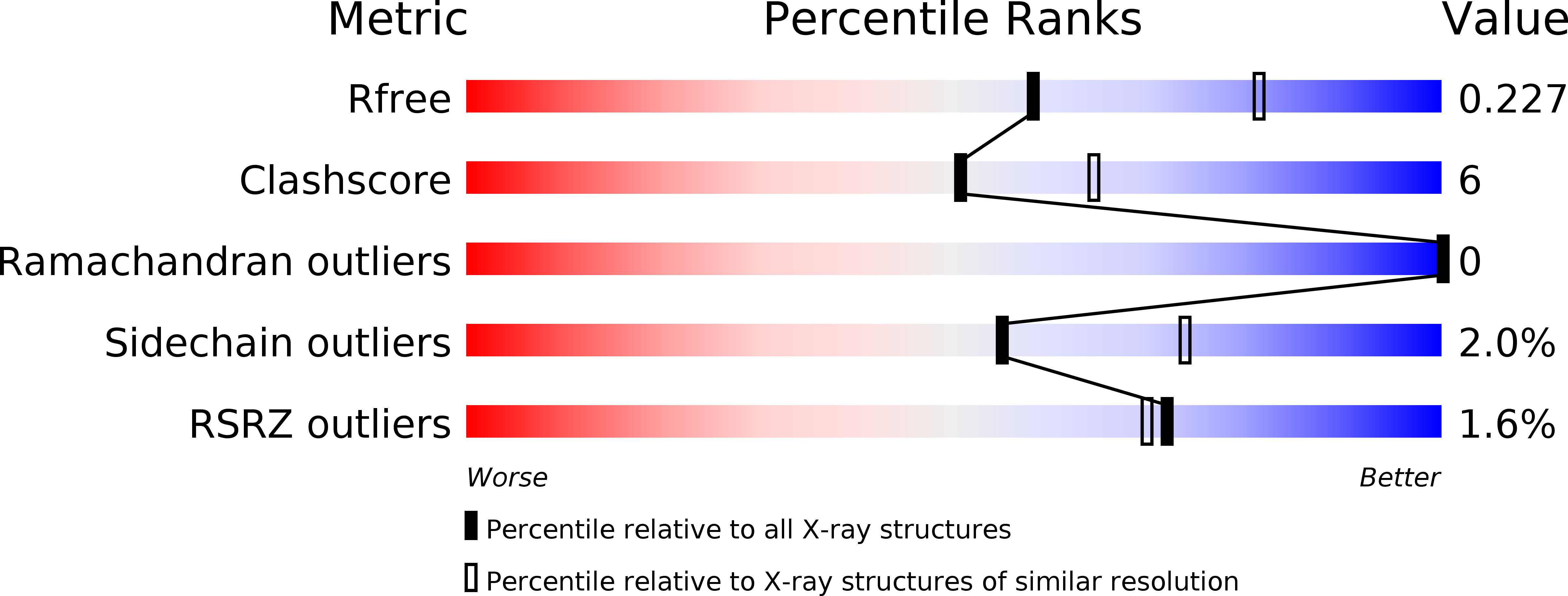
Deposition Date
2015-08-26
Release Date
2015-11-04
Last Version Date
2024-11-20
Entry Detail
PDB ID:
5DFK
Keywords:
Title:
Crystal Structure of the Escherichia coli Common Pilus Chaperone, EcpB
Biological Source:
Source Organism:
Escherichia coli (Taxon ID: 562)
Host Organism:
Method Details:
Experimental Method:
Resolution:
2.40 Å
R-Value Free:
0.23
R-Value Work:
0.20
R-Value Observed:
0.20
Space Group:
P 31 2 1


